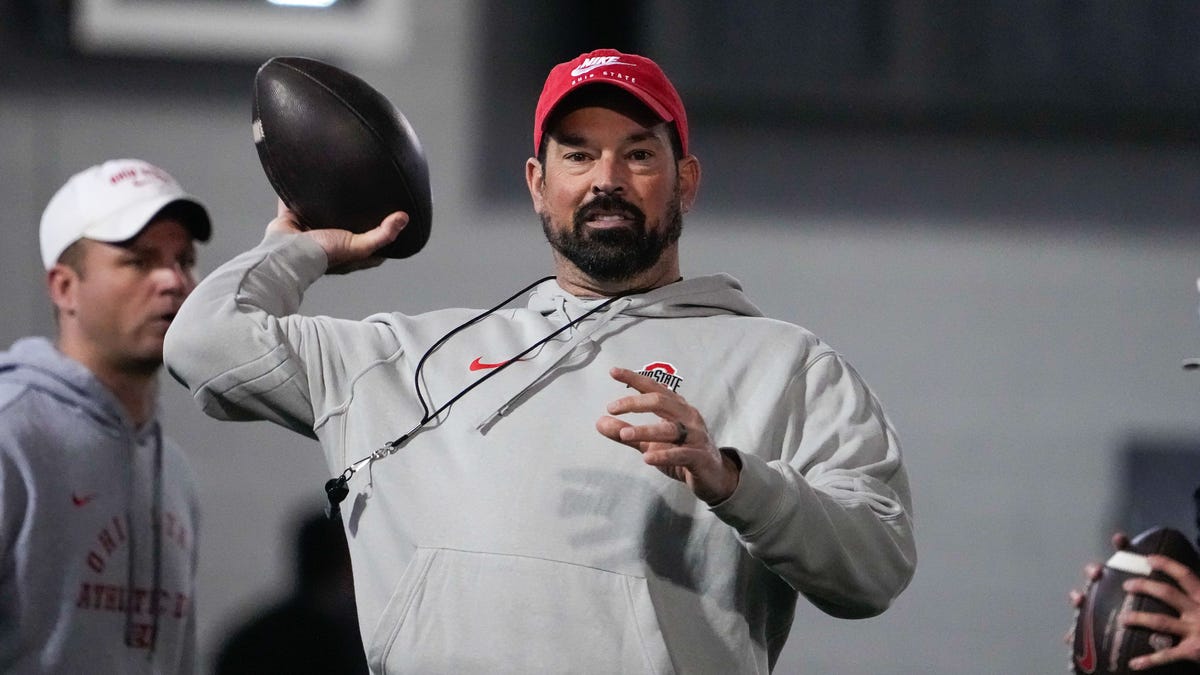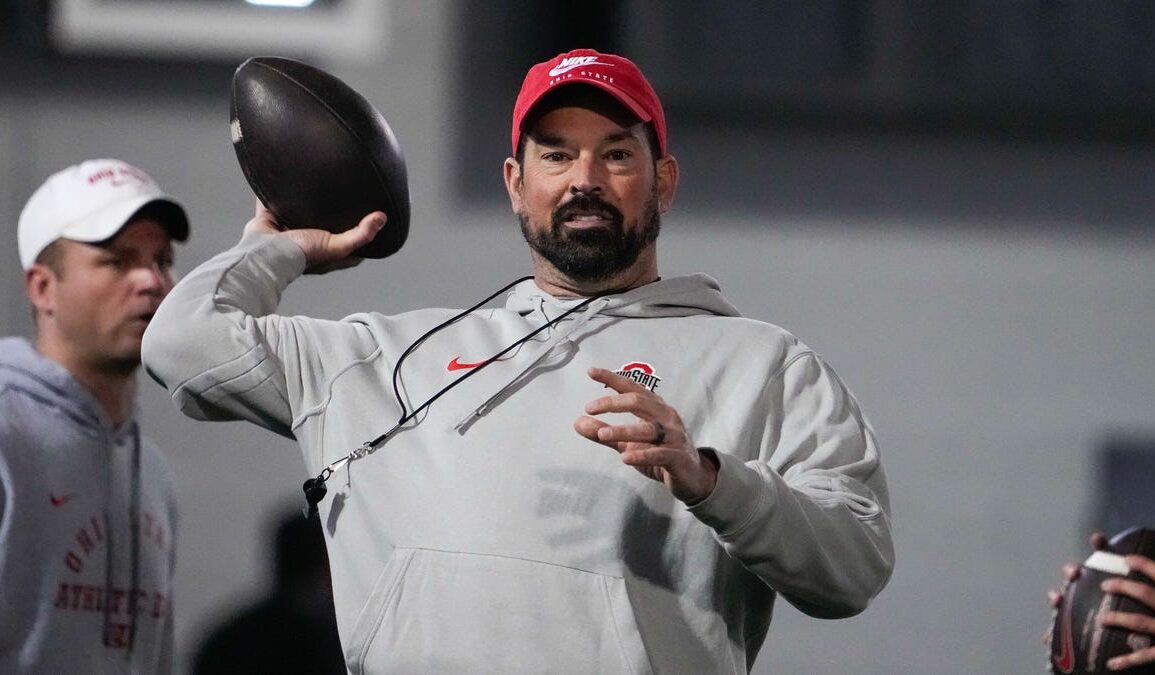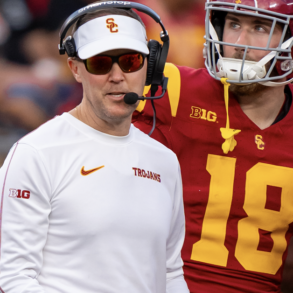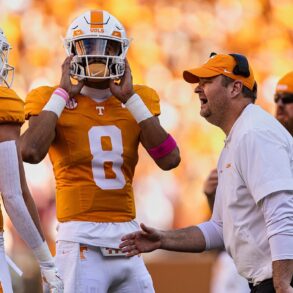
Spring football games aren’t what they’re used to be. They’re declining in significance, and – in some cases – disappearing.
Nebraska scrapped its spring game this year. So did Ohio State, Southern California and Texas to name a few.
Schools have different reasons for eliminating spring games.
Ohio State coach Ryan Day said the length of the 2024 season, which ended with the Buckeyes claiming a national championship, figured prominently in his decision.
Long seasons also were a factor with Texas coach Steve Sarkisian, who noted that the Longhorns have played 30 games the past two seasons combined after making the College Football Playoff both years.
Missouri is in the process of making much-needed renovations at Memorial Stadium. So, it canceled its spring game this year and next.
Neither the playoffs nor stadium reconstruction had anything to do with Nebraska punting it spring game. Nebraska coach Matt Rhule – apparently in the throes of transfer portal paranoia − even suggested that he didn’t want to showcase his team’s talent for other schools. He said some of his players received “transfer portal offers” after last year’s spring scrimmage.
His explanation caught me off guard since I didn’t realize other programs suddenly were coveting Cornhuskers players. Yes, they did make a bowl game last season, but they also lost to Indiana 56-7, hardly an indicator that they’re stockpiling talent at a 1990s level.
Eventually, perhaps no programs will deem spring games worthwhile. If so, I won’t mourn their passing. In fact, it wouldn’t bother me if spring football were canceled altogether, though I’m sure many coaches would begin twitching uncontrollably at the suggestion.
Injury concerns have contributed to the decreased significance of spring football. Some players are still recovering from the previous season. They’re rehabbing and recuperating, so there’s no point in subjecting them to contact.
“Contact” in general is becoming a dirty word in college football practices. More and more coaches consider it too risky. After all, maintaining depth has become more challenging than ever in the transfer portal era.
There’s a counterpoint to my end-of-spring-football argument. More high school recruits are enrolling in January, which enables them to participate in spring football. Transfers also are joining their new program at the same time, and they’re doing so in droves. Better to acclimate the newcomers in the spring than in late summer, right?
But you can do that without butting helmets in practice. Spring football could become more cerebral than physical. Players could spend more time studying playbooks and video. Coaches could be available for position-group or individual instruction. There also would be more time for strength and conditioning if teams weren’t practicing.
You could argue that still wouldn’t prepare a freshman for the vicissitudes that college football practices could present. Bottom line: They’re not in high school anymore.
That’s why I also would be in favor of beginning fall practice a week or two earlier. August heat isn’t as much a factor as it once was since most schools now have indoor practice facilities.
But a longer preseason can be a debate for another day. Let’s eliminate spring practice first.
College football can survive without it.
John Adams is a senior columnist. He may be reached at 865-342-6284 or john.adams@knoxnews.com. Follow him at: twitter.com/johnadamkns.
This post was originally published on this site be sure to check out more of their content.








